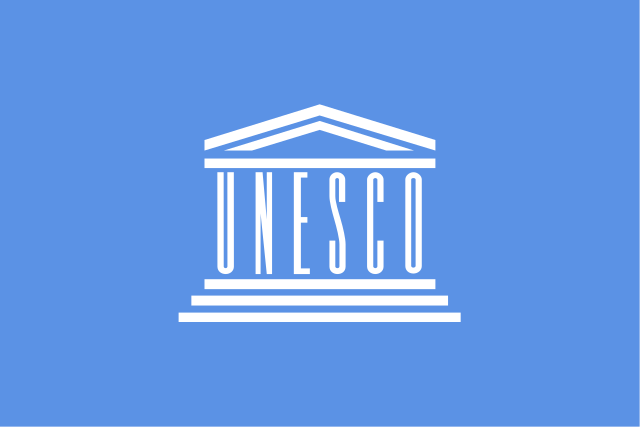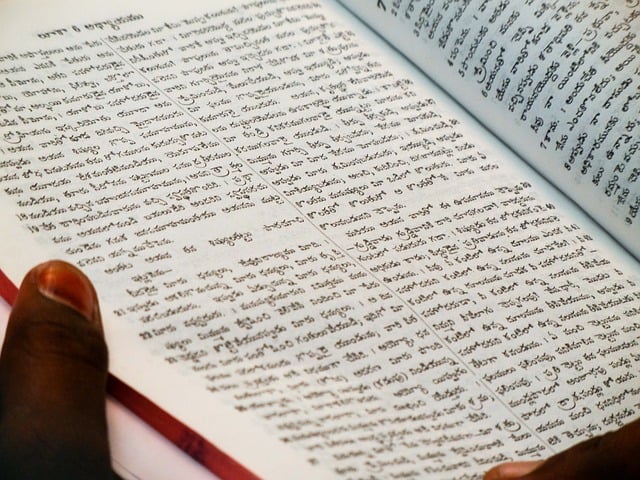5 Languages in Danger Still Spoken around the World
Languages are as diverse as they are wonderful the world over. Within any single country, a whole multitude of dialects, sub-languages, accents and slang can exist – which is pretty amazing when you think about it! According to UNESCO’s Atlas of the World’s Languages in Danger there are approximately 2,474 considered rare languages out of a little over 7,000 across the world.
The index also categorises these languages into five different levels based on their level of endangerment: vulnerable, definitely endangered, severely endangered, critically endangered and extinct. UNESCO has also reported that more than 200 languages across the world have become extinct in the last three generations, with more still to become extinct in the next generation alone.

Photo via Wikimedia
In response to this, the UN has created the Endangered Language Programme, which aims to preserve these languages as best they can, so that we don’t lose them entirely. The programme aims to support the preservation of these languages, with the intention of never losing them.
But what are some of the rarest languages across the world? Where are they spoken, and who speaks them?
1. Chemehuevi
Chemehuevi is a Colorado River Numic language, spoken by the Chemehuevi Indian Tribe, hailing from the Great Basin Culture area and occupants of the Mojave Desert. The tribe members refer to themselves as Nuwu (The People), and have been nomads of the Mojave Desert, mountains and canyons for thousands of years.
Although the language has been studied extensively by linguists and anthropologists, it is still hailed as one of the rarest languages in the world and is considered to be at risk of extinction.
2. Liki
Liki, also known as Moar, is an Austronesian language, spoken on select islands in the Papua region of Indonesia. Liki is considered to be a severely endangered languages, with only 11 people currently known to speak to the language fluently.
An indigenous language, Liki was most prominently spoken by Church leaders on the islands for delivering their sermons. It’s so endangered, that there is hardly any information available about the origin of the language, and currently no English translation exists.

3. Njerep
Njerep is a Mamviloid language, and is only spoken in the Adamawa Region of Cameroon. Njerep rates as a critically endangered language according to the UNESCO index, with only 6 people left who can speak the language, the youngest of whom is reported to be in their 60s, so it does not seem likely the language will be passed on and survive into the next generation.
Interestingly, it is no longer a conversational language and is reported instead to be used as more of a language of secrecy, used only for maintaining confidentiality in conversations.
Of the remaining individuals who can speak the language, only one is considered to be fully conversant, with the others remaining only semi-fluent. Although linguists have made some attempt to collate the language, due to the lack of fluent speakers, this information is extremely fragmented.
4. Sarcee
Sarcee is related to the Navajo language, but is also known as an Athabaskan language of Northern Canada. It is spoken by the Tsuu T’ina tribe, where only a few dozen elders still speak the language fluently today.
The Sarcee language and culture is predominantly based on oral transmission, and due to this tradition there are no physical written records of the language. This makes it very difficult to pass the language on, however there are many younger people related to the tribe who are working hard to ensure the language is preserved for future generations.
5. Paakantyi
The Paalantyi language is an Australian Aboriginal dialect, spoken in New South Wales and by tribes along the Darling River. Because of its location, it is also referred to as the ‘Darling language’ using Paaka (meaning Darling River) and the suffix –ntyi, meaning ‘belonging to’.
Reports from 2012 stated that only 2 people now exist who are able to speak the language fluently, however funding has been sought to support local schools in launching a language programme to reintroduce and teach the language to younger generations, so that it is not lost completely.

Photo via Pixabay
Do you know of any others?
These are just a few of the rarest languages that exist across our global communities, with many more that are spoken in small towns and groups around the world.
It’s easy to forget in our pursuit of the most commonly spoken languages – English, French, Spanish, German, Chinese – that some of these rare and unique languages are still being spoken!
To find out more about the different rare languages, and where they’re spoken be sure to check out the UNESCO website here for a full up-to-date list.
Where’s your next travel adventure taking you, and what languages are spoken there that you haven’t yet learnt about?
